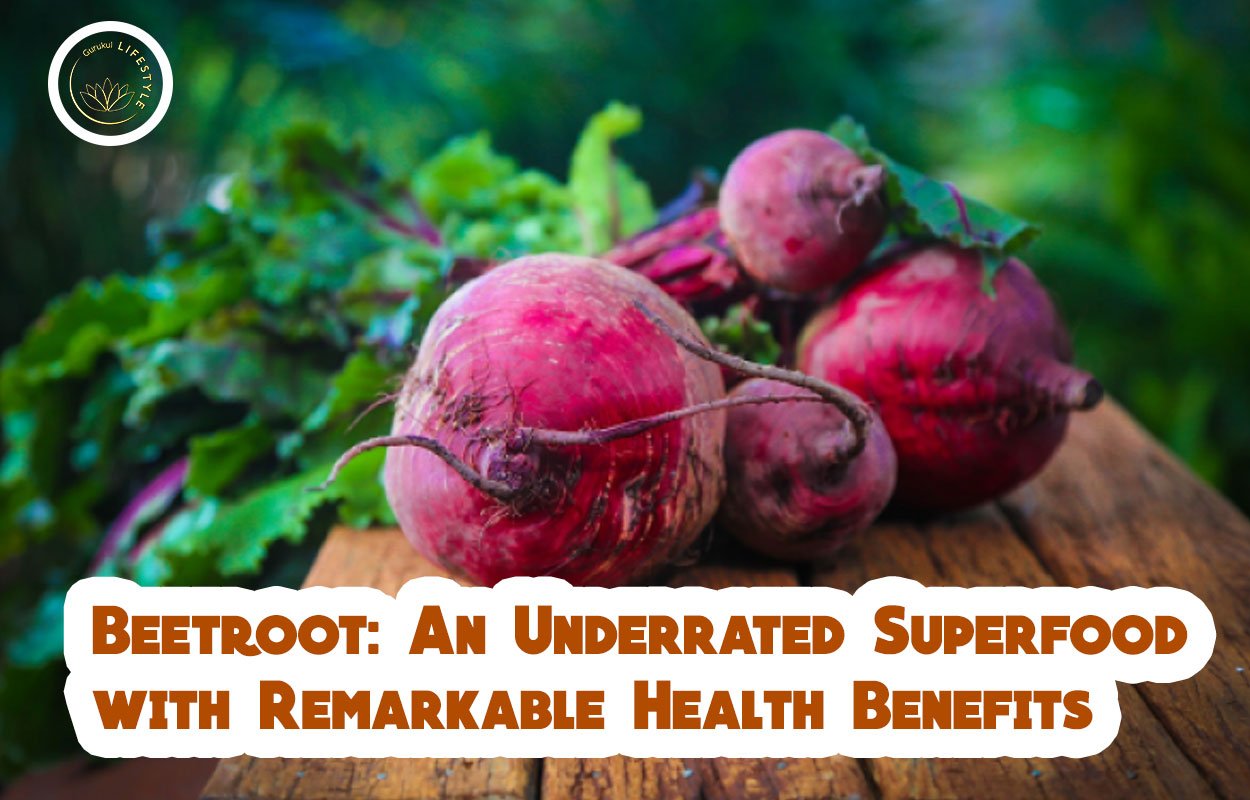Beetroot, scientifically known as Beta vulgaris, is a root vegetable belonging to the Chenopodiaceae family. Its vibrant red color and earthy flavor make it a popular addition to various culinary dishes worldwide. However, beyond its culinary appeal, beetroot boasts an impressive array of health benefits that have earned it the reputation of being a superfood. In this essay, we will explore the nutritional composition, historical significance, health benefits, culinary uses, and potential medicinal properties of beetroot, shedding light on why it deserves a prominent place in our diets.
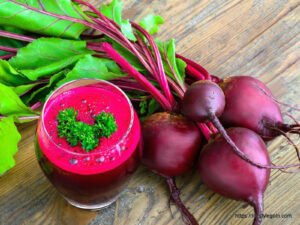
Section 1: Historical and Cultural Significance of Beetroot
1.1 Early Domestication and Culinary Use:
Beetroot’s origins can be traced back to ancient civilizations like Egypt, where it was cultivated for its leaves and seeds. The ancient Greeks and Romans also utilized beetroot for its culinary and medicinal properties. However, it was only during the 16th century that beetroot as we know it today, with its characteristic red color, was cultivated in Europe.
1.2 Traditional Medicinal Uses:
Throughout history, beetroot has been used in traditional medicine for various purposes. Its leaves were used to treat wounds, while the roots were believed to aid digestion and improve blood circulation. Ancient cultures recognized the health-promoting properties of beetroot, even though they may not have understood the scientific basis behind its benefits.
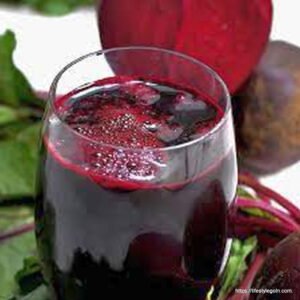
Section 2: Nutritional Composition of Beetroot
2.1 Macronutrients:
Beetroot is a low-calorie vegetable, making it a suitable addition to weight-conscious diets. It is primarily composed of water, accounting for about 87% of its weight. It contains a moderate amount of carbohydrates, including sugars and dietary fiber, contributing to its natural sweetness and potential health benefits for digestion.
2.2 Micronutrients:
Beetroot is rich in essential vitamins and minerals, making it a nutrient-dense vegetable. It is an excellent source of vitamin C, an antioxidant that supports the immune system and skin health. Moreover, beetroot provides significant amounts of folate (vitamin B9), potassium, manganese, iron, and vitamin B6, all of which play essential roles in various physiological processes.
2.3 Phytochemicals:
The vibrant red color of beetroot is due to a group of natural pigments called betalains, which serve as potent antioxidants. Betalains, including betacyanins and betaxanthins, have been associated with numerous health benefits, such as reducing oxidative stress, protecting cells from damage, and potentially aiding in the prevention of chronic diseases.
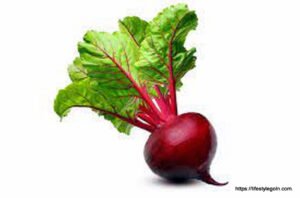
Section 3: Health Benefits of Beetroot
3.1 Cardiovascular Health:
Beetroot has garnered attention for its potential cardiovascular benefits. Studies have shown that the nitrates present in beetroot can be converted into nitric oxide, a molecule that helps dilate blood vessels, leading to improved blood flow and reduced blood pressure. This effect may benefit individuals with hypertension and promote overall heart health.
3.2 Exercise Performance:
The nitrate content in beetroot has also been linked to improved exercise performance. Research suggests that consuming beetroot juice or beetroot-based supplements can enhance endurance and reduce the oxygen cost of physical activity. Athletes and individuals engaging in high-intensity exercise may find beetroot supplementation beneficial for optimizing performance.
3.3 Anti-inflammatory Properties:
Betalains, the natural pigments in beetroot, possess anti-inflammatory properties, which may help combat chronic inflammation. Chronic inflammation is linked to various diseases, including cardiovascular disease, diabetes, and certain types of cancer. Regular consumption of beetroot may contribute to reducing inflammation and promoting overall well-being.
3.4 Digestive Health:
The dietary fiber in beetroot aids in promoting a healthy digestive system. It supports regular bowel movements, prevents constipation, and fosters a balanced gut microbiome. Additionally, the betaine content in beetroot may help support liver function and contribute to overall digestive health.
3.5 Antioxidant Defense:
The betalains and other antioxidants in beetroot help neutralize harmful free radicals in the body, reducing oxidative stress and cellular damage. This antioxidant defense may play a role in preventing chronic diseases and supporting healthy aging.
3.6 Cognitive Function:
Emerging research indicates that beetroot may have a positive impact on cognitive function. Nitric oxide, produced from dietary nitrates in beetroot, may enhance blood flow to the brain, improving cognitive performance and potentially protecting against age-related cognitive decline.
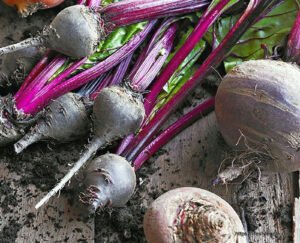
Section 4: Culinary Uses and Cooking Techniques
4.1 Culinary Uses:
Beetroot’s unique flavor and versatility make it an exciting ingredient in various culinary dishes. It can be consumed raw, grated into salads, roasted, boiled, steamed, pickled, or even blended into smoothies. The natural sweetness of beetroot also lends itself well to sweet dishes like desserts and juices.
4.2 Cooking Techniques:
To preserve the nutritional value of beetroot, it is essential to adopt suitable cooking techniques. Steaming, roasting, or boiling beetroot is preferred over microwaving, as microwaving may lead to nutrient loss. Additionally, leaving the skin intact while cooking helps retain nutrients.

Section 5: Potential Medicinal Properties and Current Research
5.1 Liver Health:
The betaine content in beetroot has been associated with potential liver-protective properties. Betaine supports the liver’s detoxification processes and may help prevent fat accumulation in the liver. This aspect of beetroot’s potential medicinal properties requires further investigation.
5.2 Cancer Prevention:
The antioxidant properties of beetroot, attributed to its betalains and other phytochemicals, have sparked interest in its potential role in cancer prevention. While some studies have shown promising results, further research is needed to fully understand the extent of beetroot’s anti-cancer effects.
5.3 Diabetes Management:
The dietary fiber in beetroot may contribute to improved blood sugar control in individuals with diabetes. Some studies suggest that beetroot may reduce post-meal glucose levels and enhance insulin sensitivity. However, more research is needed to establish the extent of these effects.
5.4 Anti-Microbial Properties:
Preliminary studies have indicated that beetroot extracts may exhibit antimicrobial properties against certain bacteria and fungi. This aspect of beetroot’s potential medicinal properties requires further exploration to assess its application in addressing microbial infections.
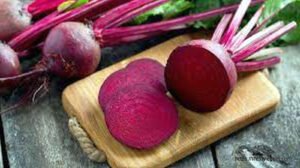
Section 6: Cultural and Culinary Significance of Beetroot
6.1 Beetroot in Traditional Cuisine:
Beetroot holds cultural significance in various cuisines across the globe. In Eastern Europe, it is a key ingredient in traditional dishes like borscht, a vibrant beetroot soup. In India, beetroot is used to make dishes like beetroot curry and beetroot chutney. Its popularity extends to the Middle East, where it is incorporated into mezze platters and salads.
6.2 Beetroot as a Natural Dye:
The deep red color of beetroot has historically been used as a natural dye for fabrics, food, and even cosmetics. This natural dyeing tradition showcases the versatility of beetroot and its cultural significance beyond the realm of food.

Section 7: Incorporating Beetroot into Modern Diets
7.1 Culinary Creativity:
Encouraging culinary creativity and experimentation with beetroot can lead to innovative and delicious dishes. Chefs and home cooks alike can explore using beetroot in various preparations, such as beetroot hummus, beetroot noodles, and beetroot-infused desserts.
7.2 Beetroot-Based Products:
The increasing popularity of beetroot has led to the development of a variety of beetroot-based products, including beetroot chips, beetroot juice, and beetroot powder. These products offer convenient ways to incorporate the health benefits of beetroot into daily diets.
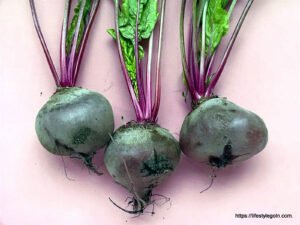
In conclusion, beetroot is a nutritional gem that offers a plethora of health benefits, supported by its impressive nutrient profile and phytochemical content. Its historical significance in traditional medicine and its cultural importance in culinary traditions highlight its enduring appeal.
Beetroot’s potential health benefits, ranging from cardiovascular support to cognitive function enhancement, make it a versatile and valuable addition to modern diets. As research continues to explore its medicinal properties and nutritional potential, beetroot’s status as a superfood is likely to be further solidified.
As individuals, communities, and societies, embracing the goodness of beetroot in our diets can contribute to improved health and well-being. By exploring creative culinary approaches and incorporating beetroot-based products into our daily lives, we can harness the nutritional power of this underrated superfood. In doing so, we move towards a future where beetroot plays a significant role in promoting a healthier and more vibrant society.
See more:

